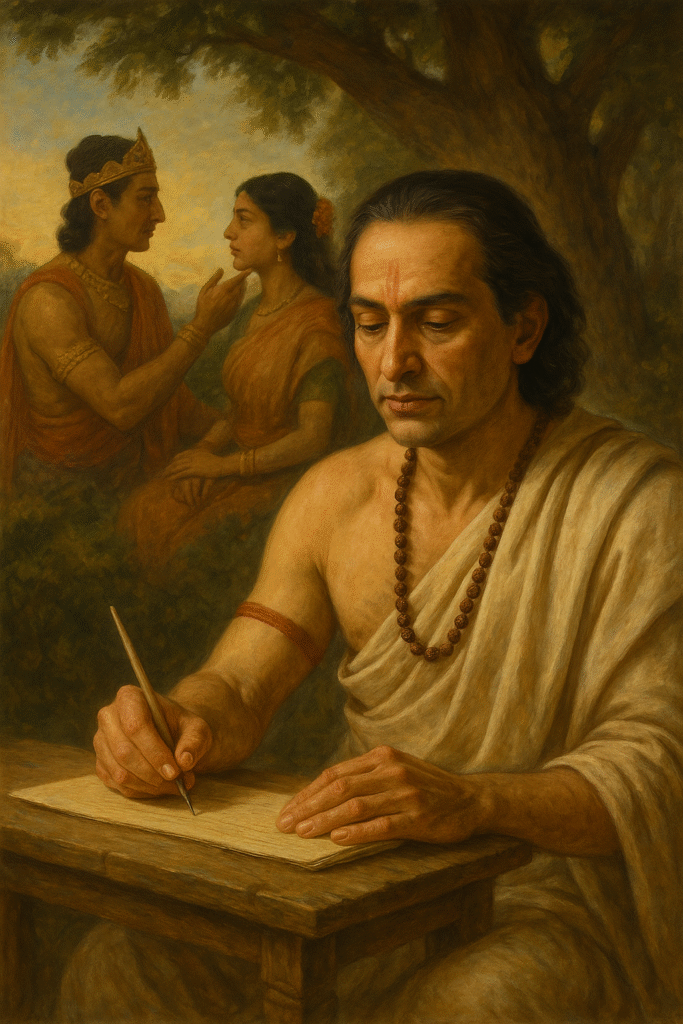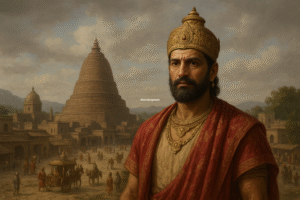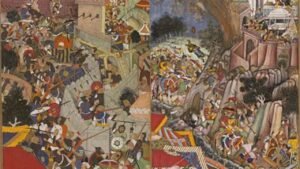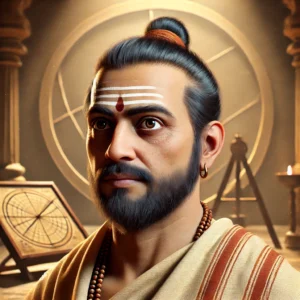Who Was Kalidasa? The Poet-Playwright Who Defined Sanskrit Literature
Kalidasa stands as one of the greatest poets and dramatists in world literature. Often called the Shakespeare of India, his works transcend time, carrying within them the beauty of nature, the depths of human emotion, and the subtlety of philosophical insight. But who was this man whose verses continue to resonate after 1,500 years, and what makes his writing immortal?
The Elusive Life of Kalidasa
Despite his fame, concrete historical details about Kalidasa remain scarce. Scholars place him around the 4th to 5th century CE, during the reign of the Gupta Empire, often described as the Golden Age of India. Some legends claim he was initially an uneducated simpleton who received divine blessings from Goddess Kali, thus earning the name Kalidasa, meaning “servant of Kali.” Others assert he was a celebrated court poet under King Vikramaditya, possibly Chandragupta II.
These stories, while unverifiable, reflect the aura of reverence around him and the sense of spiritual mystique that pervades his works.

Kalidasa’s Literary Universe
Kalidasa’s genius lies in his ability to combine poetic elegance with psychological realism and philosophical subtlety. His writing is marked by natural imagery, emotional depth, and a refined command of Sanskrit. His similes were so admired that a Sanskrit saying goes, “Upama Kalidasaasya,” meaning “Simile belongs to Kalidasa.”
His works can be broadly divided into plays, epic poems, and lyrical poems.
His Great Works
Abhijnanashakuntalam (The Recognition of Shakuntala)
Perhaps his most famous creation, this play narrates the story of Shakuntala and King Dushyanta, drawn from the Mahabharata. Their love, separation due to a sage’s curse, and eventual reunion are portrayed with tenderness and poetic grandeur.
When Sir William Jones translated it into English in 1789, European writers were captivated. Goethe, deeply moved by its beauty, declared Shakuntala to embody the charm of all seasons and experiences combined. This play introduced Kalidasa to the world stage and remains one of India’s greatest literary exports.
Malavikagnimitram (Malavika and Agnimitra)
This play tells a lighter romantic story about King Agnimitra and Malavika, a court dancer. While considered his earliest dramatic work, it already reveals his strengths in dialogue, wit, and characterisation.
Vikramorvashiyam (Urvashi Won by Valour)
Blending mythology and human emotion, this play recounts the love of King Pururavas and the celestial nymph Urvashi. It captures the bittersweet experience of love between a mortal and an immortal, with moments of passion, despair, and reunion rendered in poetic brilliance.
Raghuvamsha (Dynasty of Raghu)
An epic poem chronicling the Raghu dynasty’s lineage, it covers illustrious kings such as Dilipa, Raghu, Aja, Dasharatha, and Rama. The poem upholds ideals of righteous rule, royal virtues, and dharma, offering not just a historical narrative but a moral and cultural blueprint of kingship in ancient India.
Kumarasambhava (Birth of Kumara)
This epic narrates the birth of Kartikeya (Skanda), son of Shiva and Parvati, destined to defeat the demon Tarakasura. Its descriptions of the Himalayas, Parvati’s intense tapasya (penance), and Shiva’s eventual union with her are celebrated for their lyrical richness and spiritual resonance.
Meghaduta (The Cloud Messenger)
Considered one of the most beautiful lyrical poems in world literature, Meghaduta tells of a yaksha exiled by Kubera, who sends a message to his distant wife through a passing cloud. As the cloud travels, Kalidasa describes India’s landscapes with unmatched vividness. It is a poem of longing, love, and the intimate connection between human emotion and nature.
Themes and Style
Kalidasa’s works are characterised by:
- Deep love for nature: He did not just describe nature but infused it with emotion and life, turning landscapes into active participants in his poetry.
- Love and separation: The pain of separation (viraha) and the joy of reunion appear in many works, exploring love’s ability to transform suffering into beauty.
- Mythology and humanity: While rooted in myths, his characters possess psychological realism, making them relatable beyond time.
- Philosophical depth: His works subtly convey ideas about duty, dharma, and the spiritual dimensions of life without overt sermonising.
Impact and Legacy
Kalidasa’s influence on Indian literature is immense. He set the standard for Sanskrit drama and poetry, inspiring later poets like Bhavabhuti, Magha, and Bharavi. His aesthetic ideals shaped classical Indian dramaturgy alongside Bharata Muni’s Natyashastra.
His reach extended beyond India when William Jones translated Shakuntala, opening a gateway to Sanskrit literature for European writers. Goethe’s admiration was echoed by Romantic poets across Europe, and his works became part of global literary studies.
In modern India, Kalidasa remains an icon of cultural pride. His plays are staged in Sanskrit and regional languages, his poetry is studied in schools and universities, and his verses are quoted in daily life to express beauty, longing, and wisdom.
Kalidasa Today
What makes Kalidasa timeless is not just his command of Sanskrit or his poetic technique, but his understanding of life itself. He captured love’s sweetness and sorrow, nature’s silent grandeur, and the subtle truths of human existence with rare brilliance.
Reading Kalidasa is not merely an academic exercise; it is an immersion into a world where language turns into music, emotion becomes sculpture, and thought finds its highest aesthetic expression.
Kalidasa’s works continue to inspire poets, dramatists, philosophers, and lovers of literature across the world. His poetry reminds us that while empires fall and languages evolve, the beauty of well-crafted words and the universality of human emotion remain eternal.






